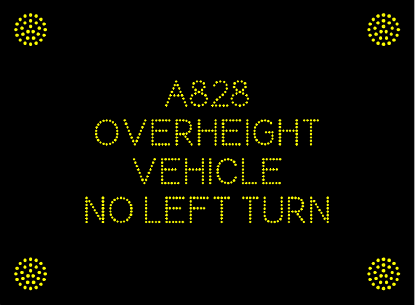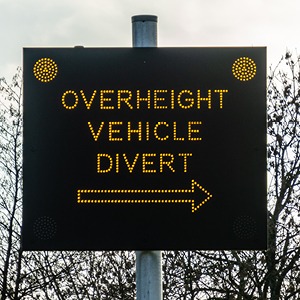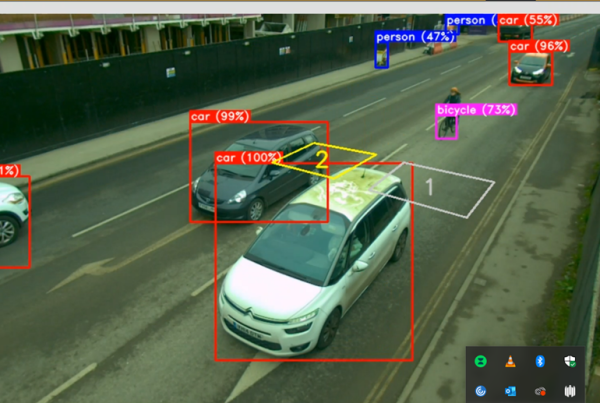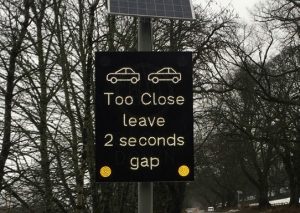 Background
Background
Following a series of accidents on a particular section of the A701, an 18-mile route from the M74 junction to the A75 junction, the 2017 Annual Road Safety Report suggested the road should be the focus of further investigation from which Scotland TranServ conducted an accident review over the previous five years.
Their review concluded that speeding and tailgating were contributory factors for most accidents along this route, particularly along the section north of Locharbriggs which was subject to the national speed limit.
In 73% of accidents, it was found vehicles were travelling above the appropriate speed threshold for the relevant vehicle class. On average, 89% of HGVs travelled above their 40mph threshold; 57% of medium-sized vehicles travelled over their 50mph limit whilst 25% of cars and motorcycles exceeded the 60mph limit.
Regarding the tailgating issue, cars and motorcycles were found to be the worst offenders with 26% travelling within two seconds of the vehicle in front compared with 17% of medium sized vehicles and 10% of HGVs.
Scotland TranServ looked to the market to find a resolution to both the issues through a single road safety initiative. Coeval worked with main contractor, Clearview Intelligence Limited, to deliver this route safety scheme.
Solution
Using an intelligent detection system to manage intelligent signage, in this case Coeval’s VAS (Vehicle Activated Signs), motorists who are tailgating or driving above the appropriate speed threshold receive a warning that is specific to their driving behaviour via the dynamic signs. Clearview’s Count and Classify system detects the gap, speed and classification of passing vehicles and transmits the information to the solar-powered VAS which prioritises the message accordingly.
For those tailgating, the VAS will show a “too close, leave 2 second gap” message whilst speeding vehicles will be presented with a “slow down” message and a reminder of the appropriate speed limit for their vehicle class. In incidents where a vehicle is both speeding and tailgating, the latter message will take precedence.
 Outcome
Outcome
The flexibility and ability of the supply chain partners, working closely with the client, enabled the effective implementation of this bespoke solution and the reduction in accidents and speeding across the 7 locations has proven the effectiveness of the project. The change in the number of drivers traveling over the speed limit has reduced between 6 and 18 percent over the various vehicle types and the overall number of accidents along the route has also reduced significantly.
Informing and advising road users of their driving behaviours in such a dynamic and specific way is far more effective than the use static signs; drivers are alerted to the ‘error of their ways’ instantly and can adjust their speed and distance. The predicted reduction in accidents will see a 106 percent return rate on investment within the first 12 months, based on Transport Scotland’s system of valuing the cost of an accident.
Download Case Study
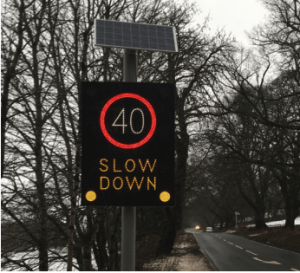 Outcome
Outcome